The Minister of Information and Communications (MIC) signed Decision No. 1568/QD-BTTTT on the organization of determining the basic collection level for the frequency bands 700 MHz (703-733 MHz and 758-788 MHz), 2600 MHz (2500-2600 MHz), 3700 MHz (3560-4000 MHz). This is the first step to activate the auction process to grant the right to use the frequencies of these bands for 4G and 5G in Vietnam.
The Minister of Information and Communications assigns the Radio Frequency Department to select an organization that is qualified to conduct price appraisal activities (price appraisal organization) to determine the basic collection level for the frequency bands 703-733 MHz and 758-788 MHz, 2500-2600 MHz, 3560-4000 MHz; based on the results determined by the price appraisal organization, submit to the Minister to promulgate the basic collection level for the frequency bands.
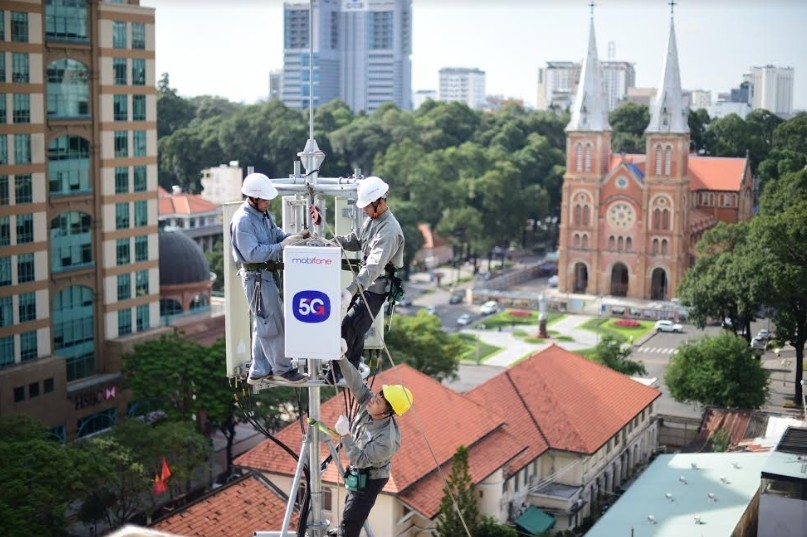 |
| MobiFone tests commercial 5G network in Ho Chi Minh City. |
The determination of the basic collection level for frequency bands is implemented according to the instructions in Decree No. 63/2023/ND-CP dated August 18, 2023 of the Government detailing a number of articles of the Law on Radio Frequencies No. 42/2009/QH12, amended and supplemented by a number of articles under Law No. 09/2022/QH15.
According to the Radio Frequency Department, the 700 MHz band was previously mainly used for analogue terrestrial television systems. This system has been replaced by digital terrestrial television under the Project on digitizing terrestrial television transmission and broadcasting by 2020.
The issuance of the 700 MHz frequency band planning for the IMT mobile information system is considered to meet the expectations of telecommunications enterprises and bring positive impacts to society: Enterprises have a direction to develop plans for equipment investment and infrastructure development; management agencies have a basis to conduct auctions and grant licenses to use the 700 MHz frequency band; bringing more benefits to people when 4G and 5G mobile information services are developed, especially in rural and mountainous areas.
On August 20, 2020, the Minister of Information and Communications issued a plan for the 2300-2400 MHz band and the 2500-2690 MHz band for Vietnam's IMT mobile information system. Accordingly, the 2500-2690 MHz band is planned for the deployment of IMT mobile information systems according to the IMT-Advanced standard and subsequent versions.
Enterprises licensed to use frequencies in the same 2500-2690 MHz band are responsible for coordinating with each other to avoid harmful interference, synchronize data frames of TDD method and comply with the provisions of the frequency band license. Currently, the 2500-2690 MHz band is ready for official licensing for network operators to deploy 4G and 5G nationwide.
According to the Radio Frequency Department, the national radio frequency spectrum has planned the 3400-4200 MHz band for mobile, fixed, fixed via satellite (downlink from satellite) and radio positioning (radar) services, in which the 3560-4000 MHz band is identified for the IMT system.
The national radio frequency spectrum planning also stipulates that fixed satellite service systems in the 3400-3560 MHz downlink band (space-to-earth) must have receiver filters that meet the standards for filtering out-of-band signals.
With the activation of the frequency auction process for the 700 MHz, 2600 MHz, and 3700 MHz bands, it is expected that more than 500 MHz of bandwidth (both low-band and mid-band) will be added to the IMT mobile information system to deploy 4G/5G in Vietnam.
OFFICE STYLE
* Please visit the Science Education section to see related news and articles.
Source







![[Photo] Prime Minister Pham Minh Chinh chairs conference to promote public investment growth momentum](https://vphoto.vietnam.vn/thumb/1200x675/vietnam/resource/IMAGE/2025/5/20/7d1fac1aef9d4002a09ee8fa7e0fc5c5)

























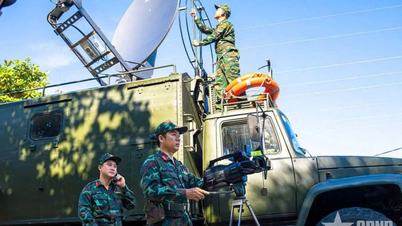

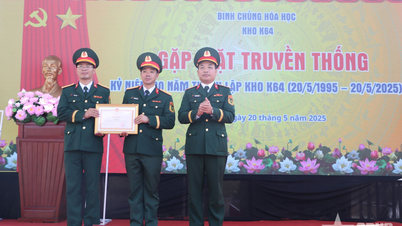





































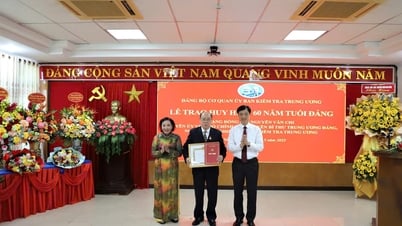

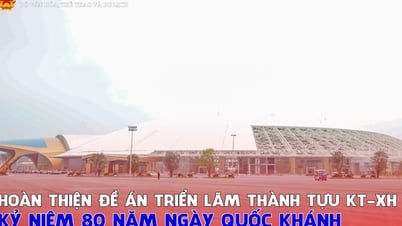









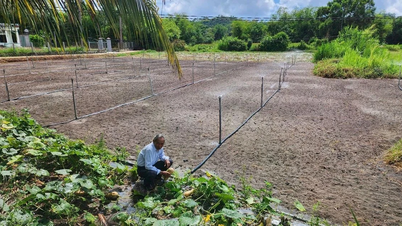





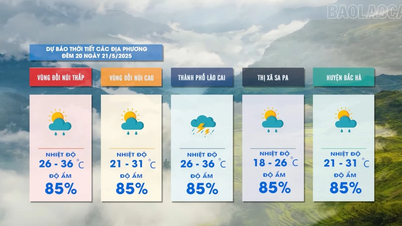













Comment (0)